SPAIN is not short of beautiful cities oozing history from between the cracks of their ancient iconic buildings, such as Granada’s Alhambra and Sevilla’s Alcazar.
But one comes above the rest, according to a poll published by global travel bible Lonely Planet: that of Cordoba, a true melting pot of ancient, modern and everything in between.
The birthplace of renowned Roman playwright Seneca and Jewish philosopher Maimonides, to name two great thinkers, the place is a veritable warren of historic sites.
Now is the perfect time to visit Cordoba’s numerous attractions without the crowds and clamour, drifting through the town at your own pace.
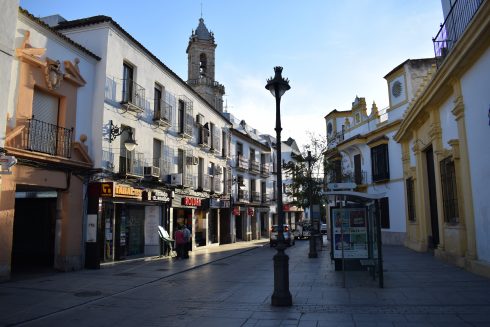
I wanted to explore the city without going to ‘the big three’ – the Mezquita, the alcazar and the medina – as I have a pretentious passion for taking the path less trodden. Just follow your nose and take an aimless amble around. You won’t be disappointed.
Cordoba entertained right from the get-go as I stumbled across the Church of San Francisco, built by Fernando III in the 13th century with its adjacent square with red and white porticoes.

Heading west, I wound my way through sinuous stone streets and chanced upon the Calleja de los Flores, a quaint alleyway lined with flower pots.

From here it is just a gentle stroll to Casa Arabe, also known as Casa Mudejar, an arts and culture centre that hosts quality photography exhibitions on niche topics, including Morocco’s breathtaking blue-washed town, Chefchaouen.
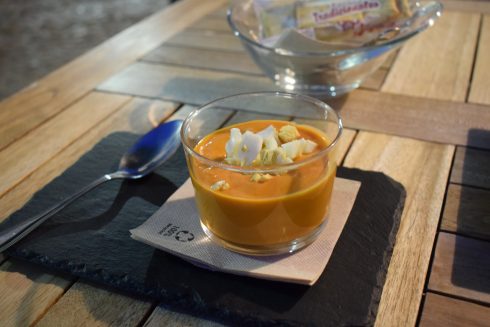
After a delicious lunch of tortilla and salmorejo, Cordoba’s celebrated tomato purée topped with serrano jam (or in a vegetarian’s case, diced egg), I meandered along the riverfront and over the marvellous Puente Romano, a 250m stone bridge that dates back to at least the second century AD.
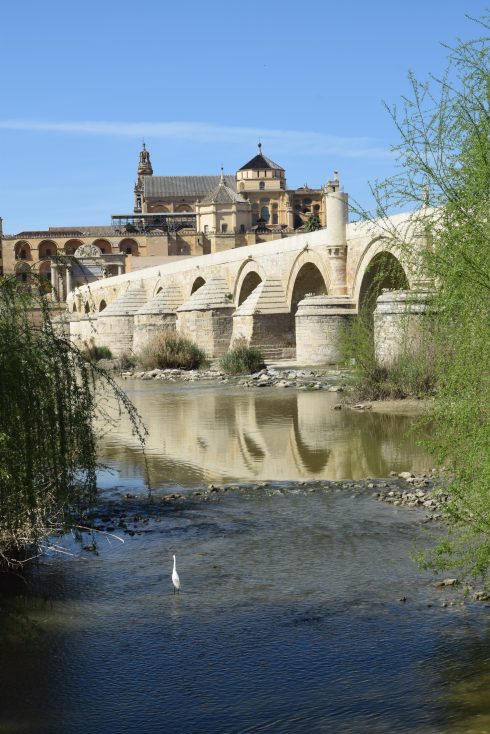
Founded around 152BC by the Romans, Corduba, as it was called then, was the capital of Hispania Ulterior and flourished economically by virtue of its prized olive oil.
It became a Roman colonia between 46 and 45BC, but after the city put its money and troops on the wrong horse in the civil war between Pompey and Caesar, the latter sacked it and slaughtered some 30,000 people.

These seismic events would inspire Lucan, born in Cordoba just six years earlier, to compose one of the most extraordinary poems in the Latin language – the Pharsalia, a subversive, gory epic about the aforementioned civil war whose quality scholars still debate fiercely today.
Next up was the Museo Julio Romero de Torres, where I was the only visitor.
Tucked away on the Plaza del Potro, this cosy, elegant museum dedicated to the eponymous local painter was the unexpected gem of my trip.
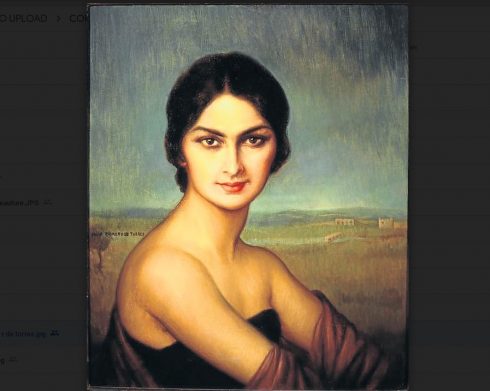
Romero, born 1874, was possessed with the fervour of Flamenco, which he often personified as a naked or scantily clad lady, such as in La musa gitana (‘The Gypsy Muse’).
As is the case in so much art produced by men, many of Romero’s busty women were conveniently spilling out of their garments in one place or another, leading feminists to vilify him; nonetheless, his striking style that fused a gamut of motifs – classical, mannerist, Christian, Andalucian – made a stronger impression on me than the artwork in the Bellas Artes museum opposite and lingered with me long after I left.

Lavish
My last stop of the day was the Viana Palace. Dating back to 1492, this lavish manor exhibits an unusual intertwining of Roman and Arabic architectural styles and boasts 12 beautiful patios à la the Cordoban custom, not to mention sumptuous salons that evoke the lifestyles of the various nobles who were lucky enough to call this place home.
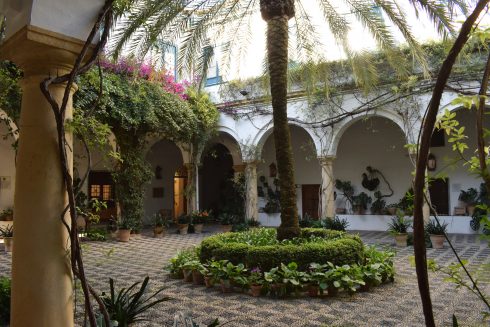
Flowers and fruits fragrance the air and nearly every courtyard is bursting with colour. My favourites were the reception patio, with its porticoed galleries supported by stately Tuscan columns, and the serene Patio de los naranjas whose trickling fountain and spectacular purple wisteria lend it a soothing, serene atmosphere.
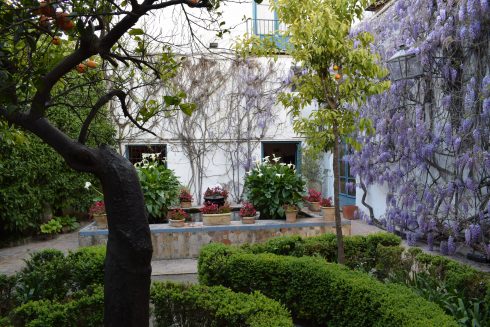
It made for a superb end to an excellent day round Cordoba which reaffirmed an age-old truth of travel: even if a city is best known for one building alone, scratch below the surface and you’re sure to find that the place has a whole lot more to offer as well.
READ MORE:

